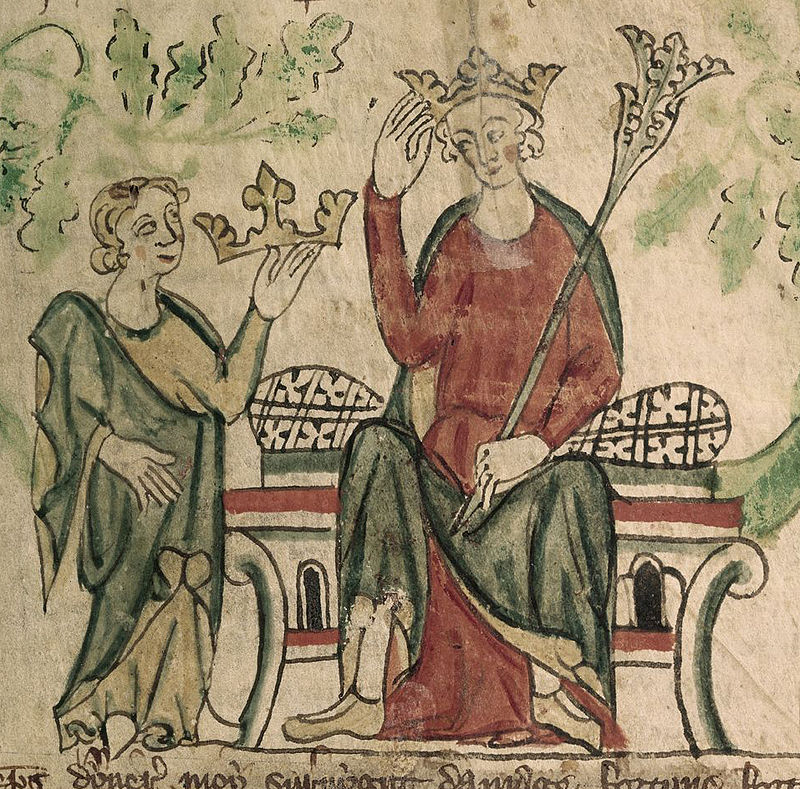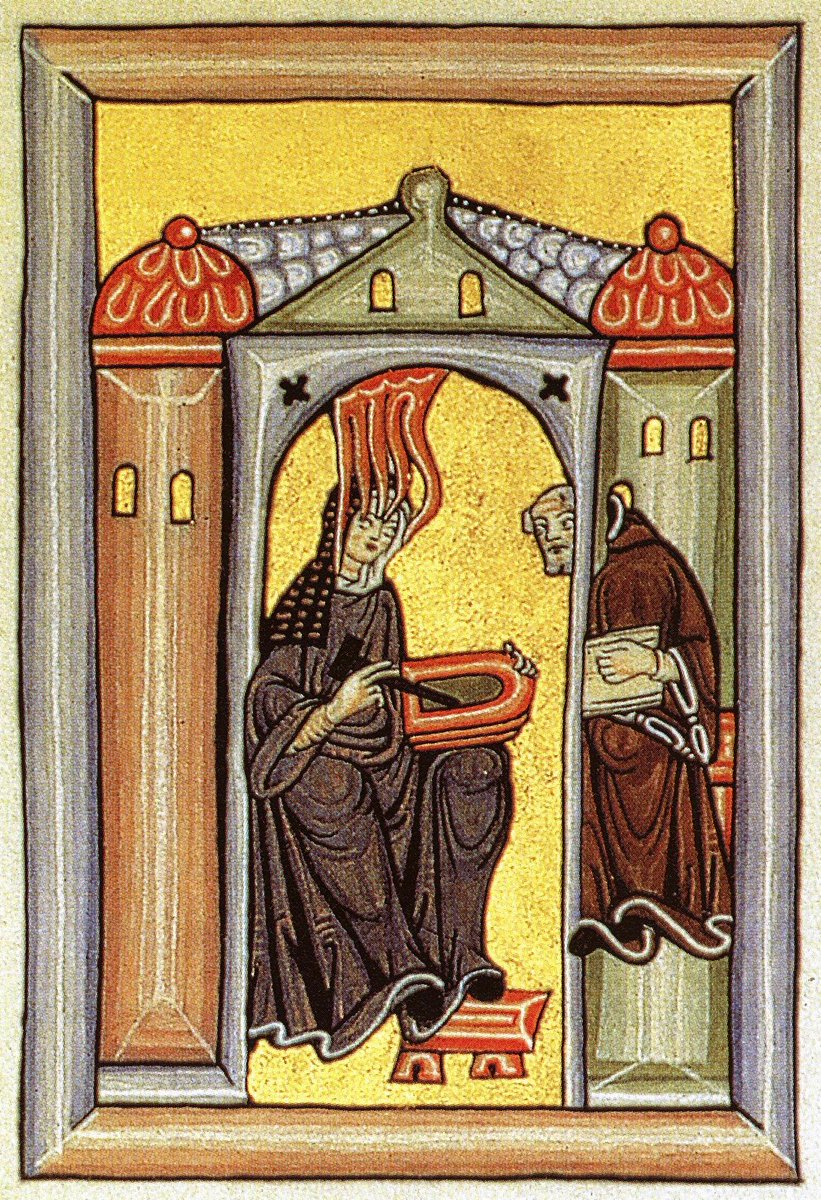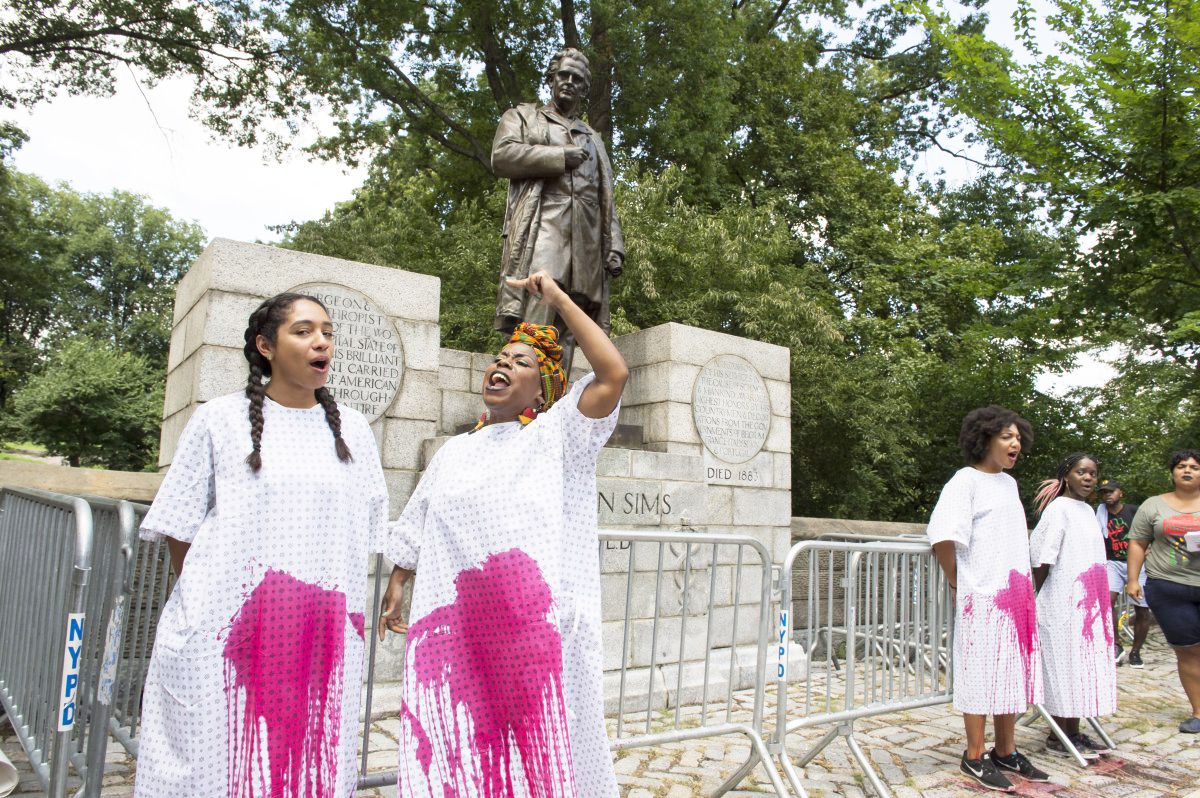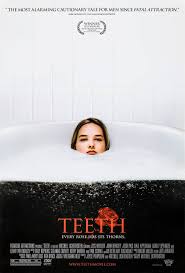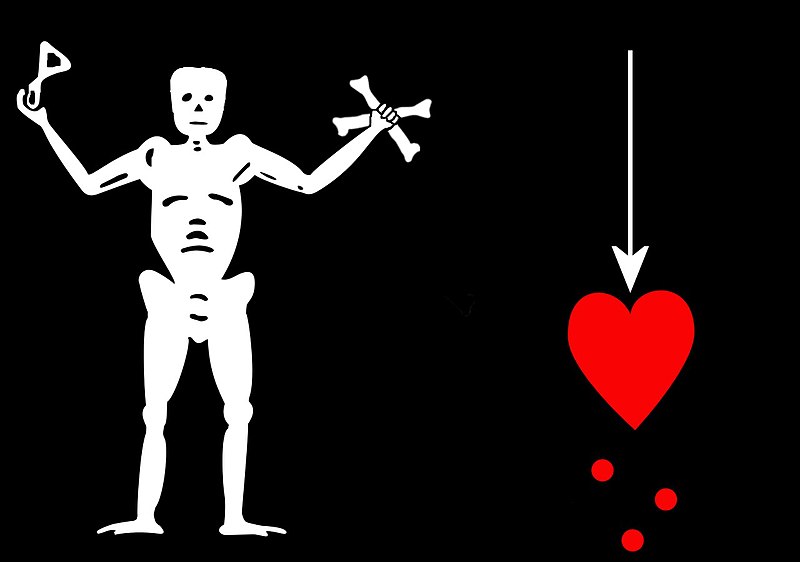
In today's #LGBTHistoryMonth thread we're going to take a quick look at queer kings and queens of England. Is there any evidence of same-sex relationships in the English monarchy? 👀
Let's start with a recent *favourite*, Queen Anne, whose dramatic lesbian love triangle was fictionalised in Oscar-winner The Favourite. Was any of that true? 
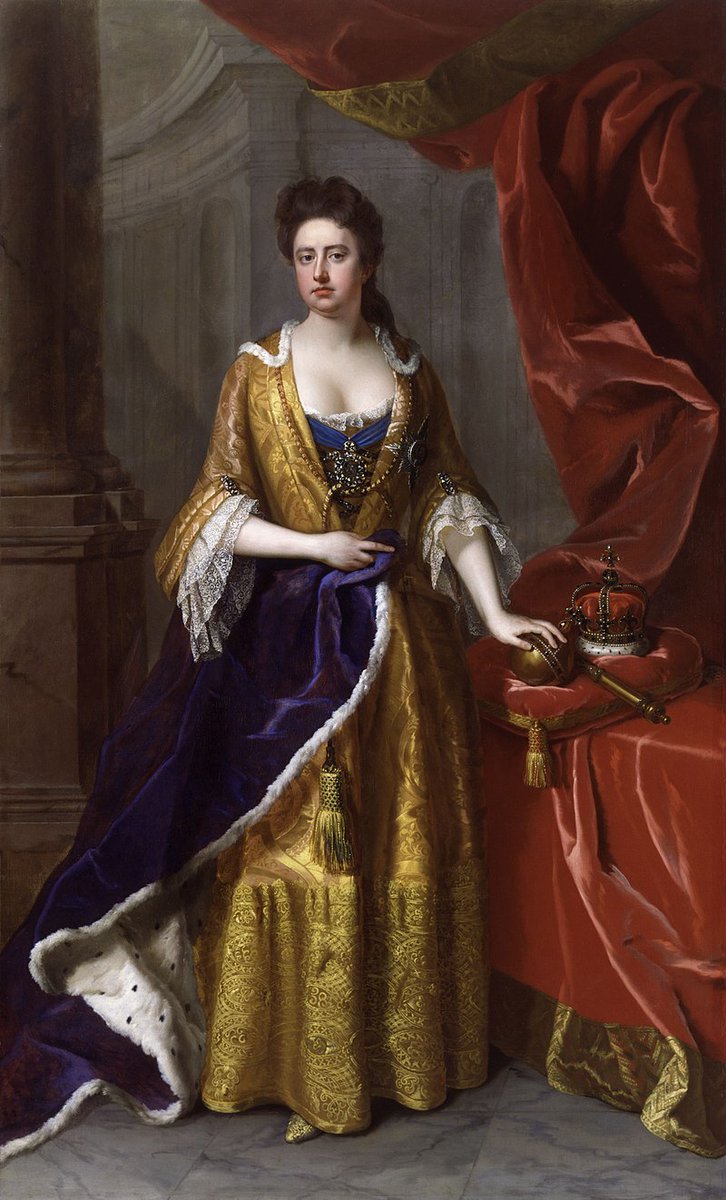
What we know is that Anne was close with Sarah Churchill, Duchess of Marlborough, for many years. Before she became queen, Sarah was fighting Anne's corner and promoting Anne's interests in court (this probably was not entirely selflessly motivated from Sarah's end) 
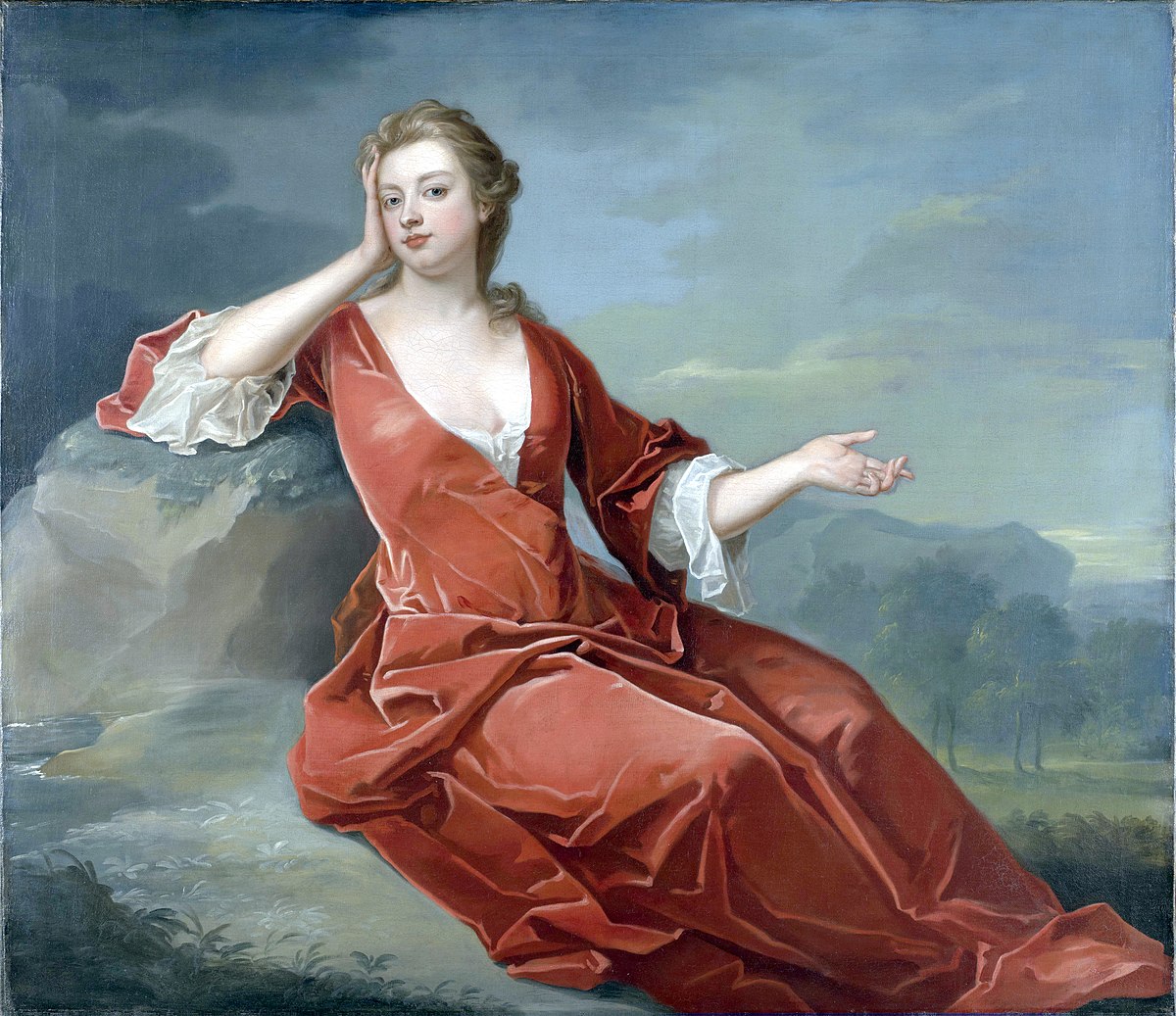
When Anne became Queen, Sarah probably the second most powerful woman in the country, acting almost as her manager.
The women gave each other pet names, Mrs Freeman and Mrs Morley - there was, without a doubt, a level of closeness between them.
But things turned sour. Sarah didn't mince her words, and was very frank. Sarah had a political agenda. The women had different political perspectives, with Anne aligning with Tories, and Sarah a Whig And Anne was frustrated that Sarah had long absences from the court.
As Sarah and Anne drifted apart, Anne's interest settled on another lady: Sarah's cousin, Abigail Hill, later Masham. 
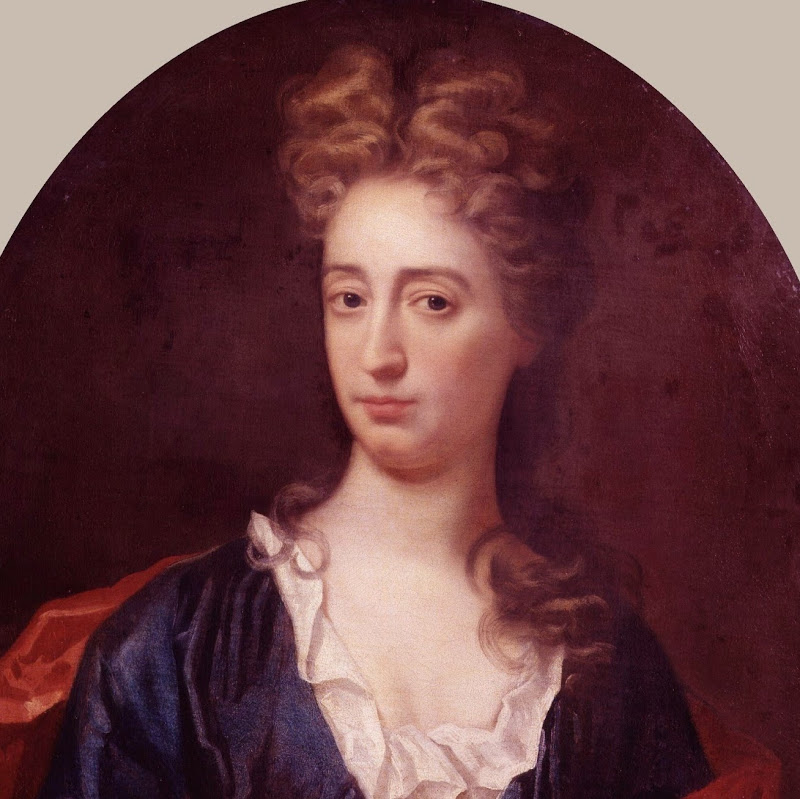
Abigail treated Anne more kindly and gently, and became her favourite. Abigail moved into Sarah's old rooms at the palace (which, you'll remember, it was a bone of contention that she didn't use because wasn't there very often)
Here's where the lesbian rumours come in. Maybe it was all perfectly innocent relationships of court favouritism. Maybe there wasn't much going on. Because the source of rumours about Queen Anne's lesbian leanings was...................
Sarah Churchill's account.
Sarah Churchill's account.
In her jealousy at being displaced, Sarah turned up at court with a bawdy and mean poem about Anne and Abigail.
What we know for sure about Queen Anne and her favourites drama is she wrote passionate letters to Sarah, and there was certainly jealousy coming from Sarah towards Abigail. Does that make them gay? It depends who you ask.
There was definitely politics at play in the relationship between Anne and Sarah, and a political motive to the rumours, because Sarah wanted Abigail gone.
So, to answer the question, was Queen Anne a lesbian: 🤷
OK, how about Queen Anne's predecessor, William III? This king was also linked to rumours. Was he gay? 
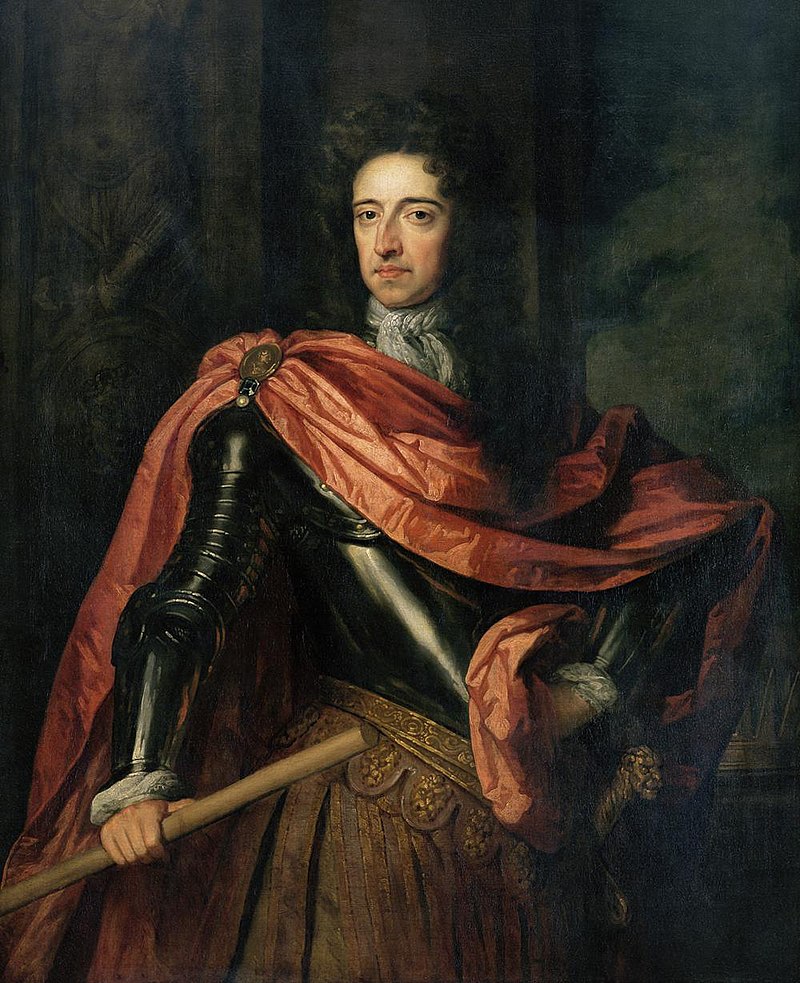
William was alleged to have had relationships with two men: William Bentinck, 1st Earl of Portland and Arnold van Keppel, 1st Earl of Albemarle. We want to say he had a "type" when it came to hairdos, but pretty much everyone wore wigs like that. 

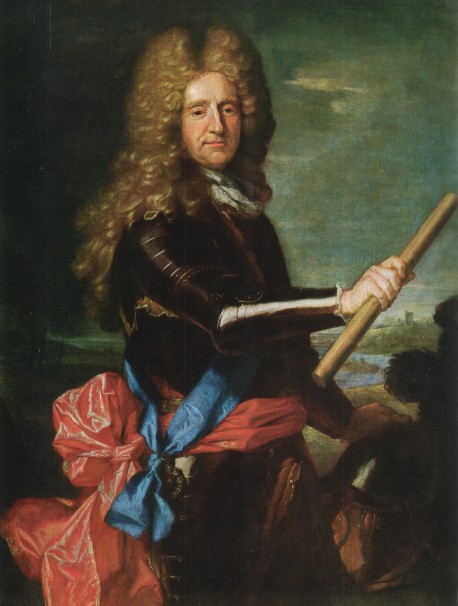
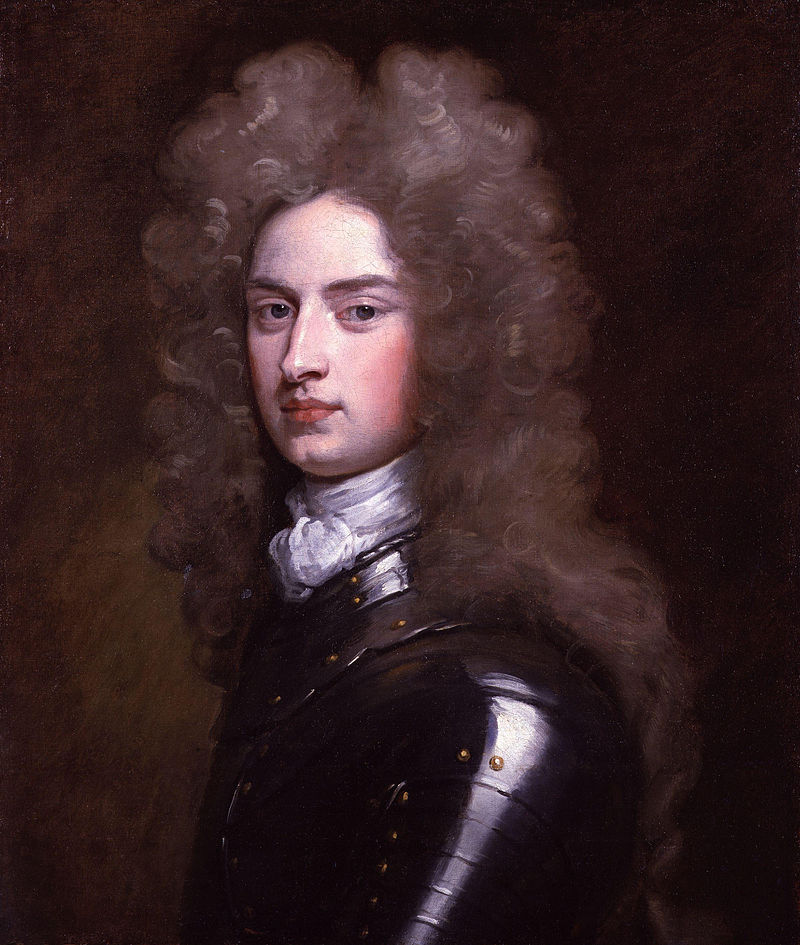
The men were certainly favourites of the king, and he didn't have any mistresses, which raised some eyebrows in the court. But, those who seemed most interested in the rumours were political enemies - much as was the case with Anne.
William himself dispelled the rumours, saying "It seems to me very extraordinary that it should be impossible to have esteem and regard for a young man without it being criminal."
Let us now move further back in the family tree of the House of Stuart to James I, or James VI if you're Scottish.
This king was linked to quite a few same-sex relationships.
This king was linked to quite a few same-sex relationships.
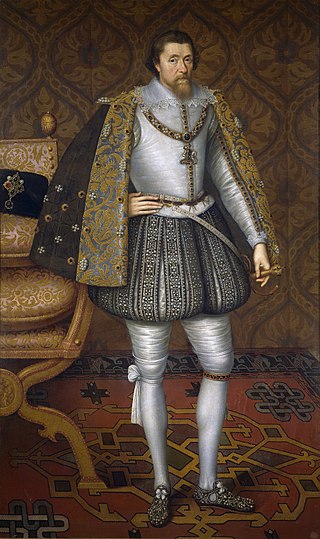
The first man James was linked to was Esmé Stewart, first Duke of Lennox. This one is somewhat inappropriate, as Lennox was 37 when they met, and James was only 13. 
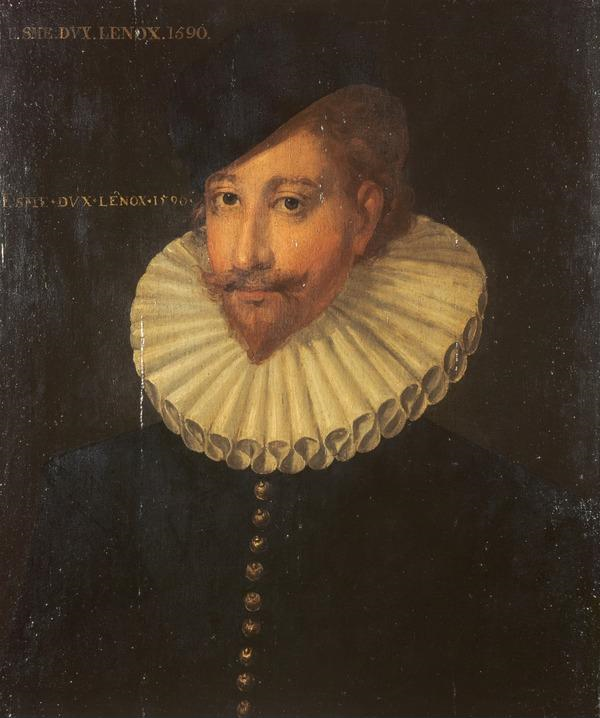
However, the relationship was openly physical, with an observer saying James was "in such love with him as in the open sight of the people often he will clasp him about the neck with his arms and kiss him".
James gave Lennox gifts, including his mother's jewels.
They did not have a happy, ride-into-the-sunset ending. The Scottish nobles disapproved of Lennox seeking to "draw the king into carnal lust." They were also suspicious he might still be a Catholic despite converting.
They did not have a happy, ride-into-the-sunset ending. The Scottish nobles disapproved of Lennox seeking to "draw the king into carnal lust." They were also suspicious he might still be a Catholic despite converting.
And so, the lords lured the king to Ruthven Castle and held him prisoner there for ten months until he renounced Lennox. Lennox was exiled to France, where he remained a protestant, and had his embalmed heart sent to James.
The second man linked to James I was Robert Carr, 1st Earl of Somerset. This went down a few years after the controversy about Lennox died down. The handsome young man broke his leg in a jousting accident, and it is said James fell in love at first sight. 
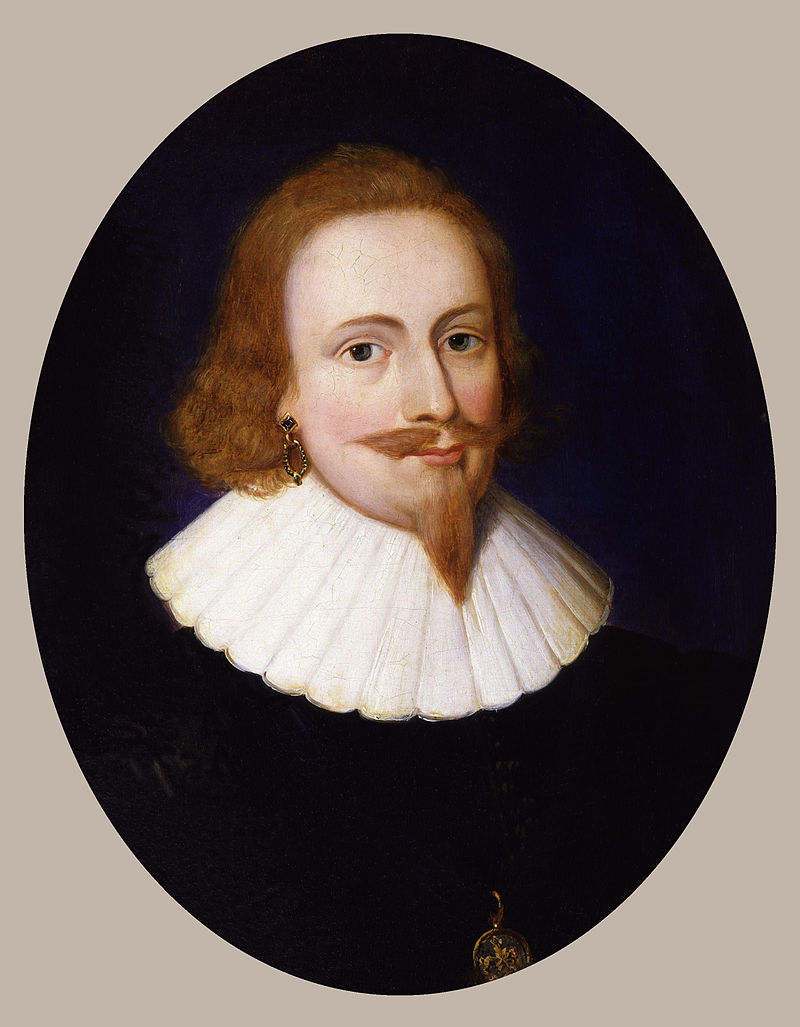
James showered his new favourite with gifts and titles. When Robert Carr wanted to marry an already-married woman called Frances Howard, James did the guy a solid and stacked a court of bishops to allow her to divorce.
And maybe that was a mistake, because the men drifted apart, and James wrote, complaining that Robert was "creeping back and withdrawing yourself from lying in my chamber, notwithstanding my many hundred times earnest soliciting you to the contrary".
Ultimately the relationship didn't end well, Somerset's wife was implicated in a murder, they were both sentenced to death, and while James commuted the sentence, they spent seven years in the Tower of London.
And one more boyfriend of James I for you: George Villiers, 1st Duke of Buckingham. James met Buckingham in 1614, around the time his relationship with Somerset was breaking down. 

We suspect you're starting to get a picture of James I's love language: Buckingham was showered with gifts and titles. He was, in fact, the first commoner ever raised to a duke.
James loved this man. Here's something he said, in case you don't believe us: "You may be sure that I love the Earl of Buckingham more than anyone else, and more than you who are here, assembled."
And here's an excerpt from Buckingham to James, in case there's any more doubt in your mind about the nature of this relationship:
"Sir, all the way hither I entertained myself, your unworthy servant, with this dispute, whether you loved me now... better than at the time which I shall never forget at Farnham, where the bed's head could not be found between the master and his dog"
Was James I gay? We know he had relationships with men, that's fairly unequivocal. BUT... he might have been bi. As well as having a wife, with whom he had a somewhat fraught relationship, he was romantically linked to Lady Glamis, who he referred to as "my mistress and my love"
Edward was linked to two men: Piers Gaveston and Hugh Despenser the Younger. Both guys, in the pics, are the dead ones. This is because Edward and the men he was linked to weren't all that popular. 

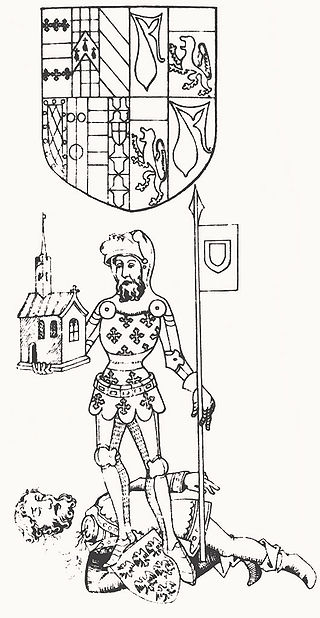

It's hard to say whether there was substance to allegations about Edward's relationships with men, or whether these accusations of sodomy were purely politically motivated. Once again, all we can say is that Edward was close with Piers, and later Hugh.
Certainly, in media, Edward II has been depicted as gay, from Christopher Marlowe's 16th century play to Victorian paintings, to more recent novels and ballets.
Ultimately, there does seem to be a pattern in English monarchs linked to same-sex relationships: rumours surround royal favourites, and were often spread by political enemies. Does this mean they were without substance?
We leave it with you to decide. On the one hand, queer relationships have, throughout history, been used to tarnish reputations, be they real relationships or figments of imagination, because of stigma and prejudice about same-sex love.
So yes, many of the stories of England's queer monarchs were spread by their detractors - but does this mean they never happened at all?
• • •
Missing some Tweet in this thread? You can try to
force a refresh
